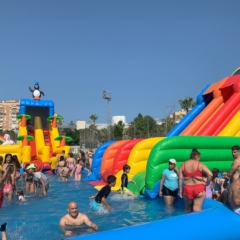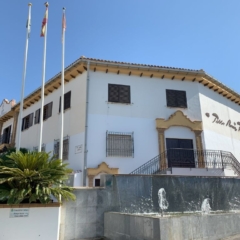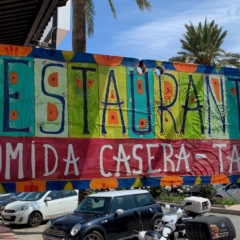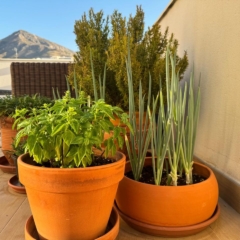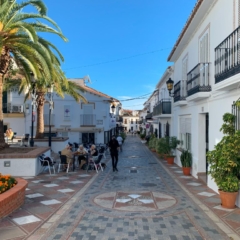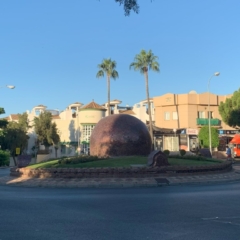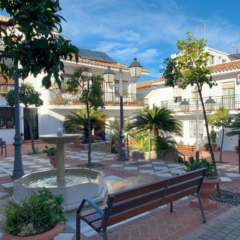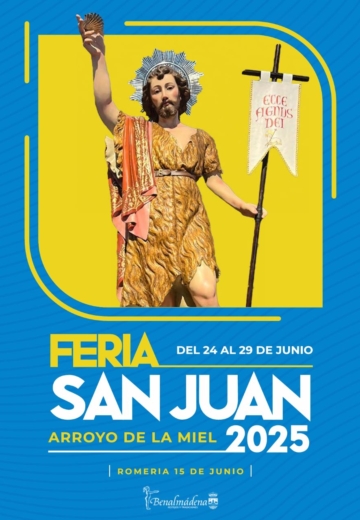Siesta in Spain: the cultural icon (that stops street commerce)
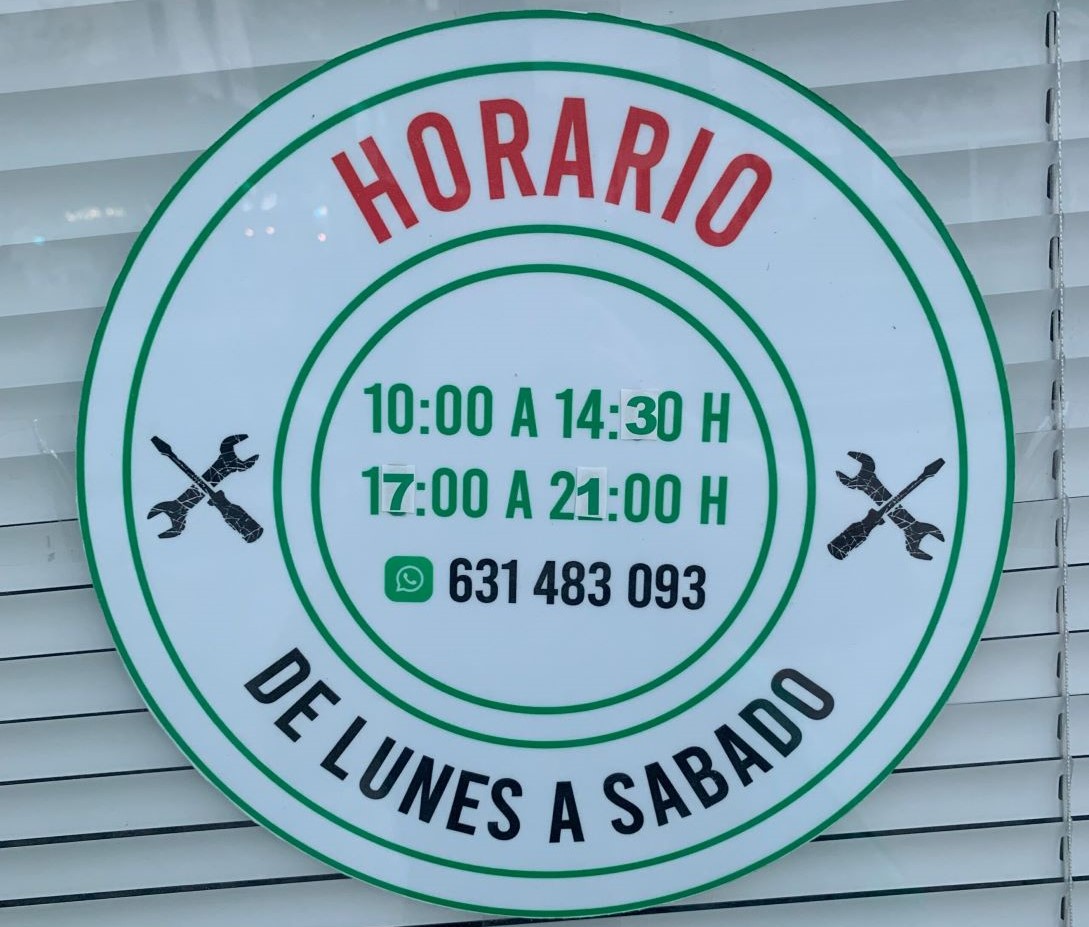
Siesta in Spain is real. Have you ever heard or read that in Spain everything stops during la Siesta? If you did, let me confirm the notion. It is true to a large extent, particularly when it comes to street commerce – and it includes restaurants!
What is the siesta?
The siesta is a period of the day, right after lunch, that people take to go home and sleep. As a consequence, in places that practice la siesta, commerce stops for a few hours in the middle of the day, and the streets become quite empty.
What time is siesta in Spain?
In Spain, lunch usually happens at or a bit after 2 pm, so you can expect places to be closed from 2 to 5 pm; there is no standard, tough – some places close from 1:30 to 4:30 pm, some others change their opening time through the year… you never really know.
But there is more to the siesta in Spain than meets the eye…
Before moving to Spain, I thought that the Siesta tradition was more of an old times use or something that still existed only in tiny interior cities. No, it is not. It rules street commerce everywhere in the Costa del Sol, though it may be less common in Madrid. The siesta is so pervasive in the Costa del Sol, that you can park in some paid areas for free during the siesta hours – as there is no commerce open, the traffic is much smaller between the hours of 2 to 4 or 5 pm. It is real.
I also associated siesta only with nap time in the afternoon, and I guess I was wrong as well on this one – I now believe it is more than that. It has a lot to do with high temperatures in the afternoon and energy saving; it is also a time for working parents to go take their kids from school and take them home and spend some quality family time.
Sleeping is a big part of it, nevertheless; a 20 or 30-minute power nap after lunch is a must! So much so, Spain has the absolute best in-built shades to guarantee total shadow in the afternoon, despite the sunny day outside.
If you are planning to move to Spain, a good starting point would be to practice La Siesta. It’s healthy according to the sleep foundation 🙂 and you would be getting in synch with your future lifestyle. Siestas can reduce stress and the risk of heart disease, improve cognitive function and boost productivity. The siesta tradition, therefore, aligns perfectly with the Spanish commitment to live life to the fullest. Plus, if anyone asks why you are sleeping in the middle of the day, you can say you are culturally adjusting!
How to know street commerce open times
While in the USA you can count on places working 9 am – 5 pm and in Brazil 8 am – noon and 2 pm – 6 pm, in Spain there is no such rule; most commerce will open around 9 to 11 am, close around 1 or 2 pm, reopen around 4 or 5 pm and close around 9 or 10 pm. How to know the exact times? Well, you have to either:
– check on-line – if the place has a website or at least a Facebook page it is a huge bonus; or
– check on their door – where often there is information about open times; or
– call them.
Not practical at all.
And on top of that, opening times may change according to the season: during summer, shops tend to have larger siestas and to keep open until later; during winter, they may close sooner or not even open in the afternoon. And sometimes, the new hours information is nowhere to be found – your best shot is that they remembered to change on the door. The opening hours info rarely is updated on Google; it is more likely that they update their Facebook pages or websites.
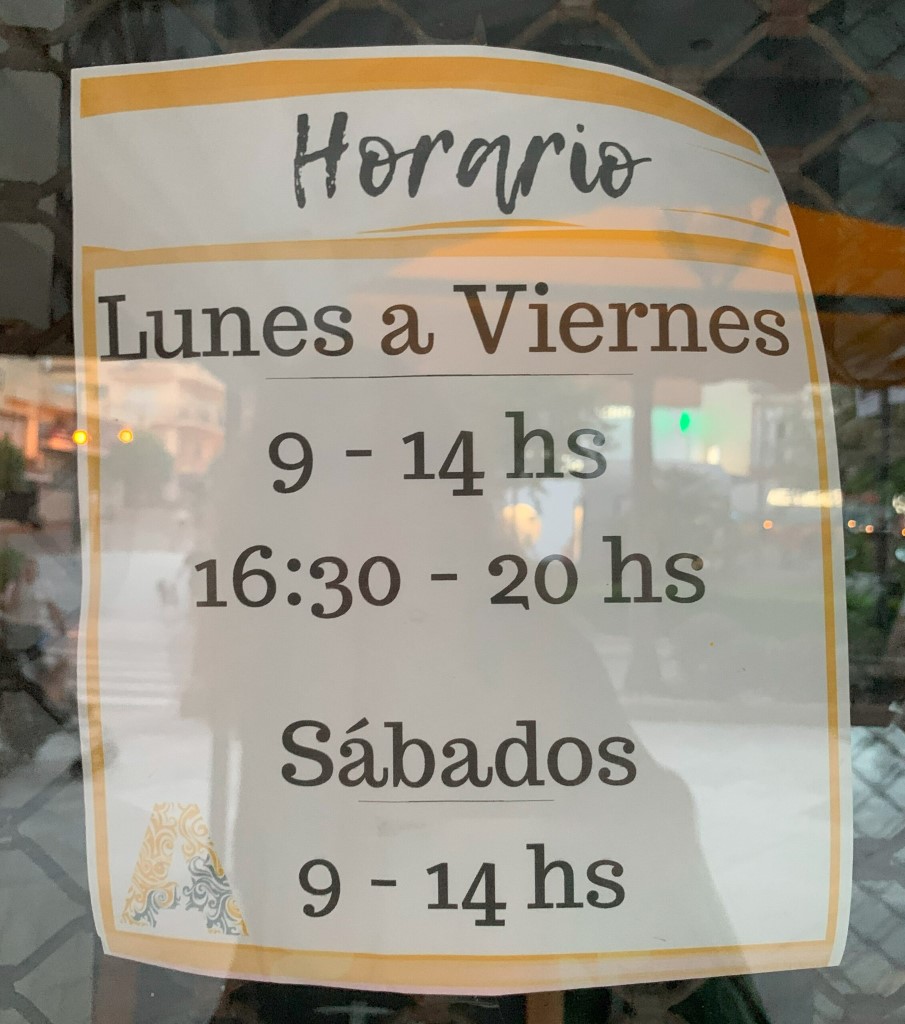
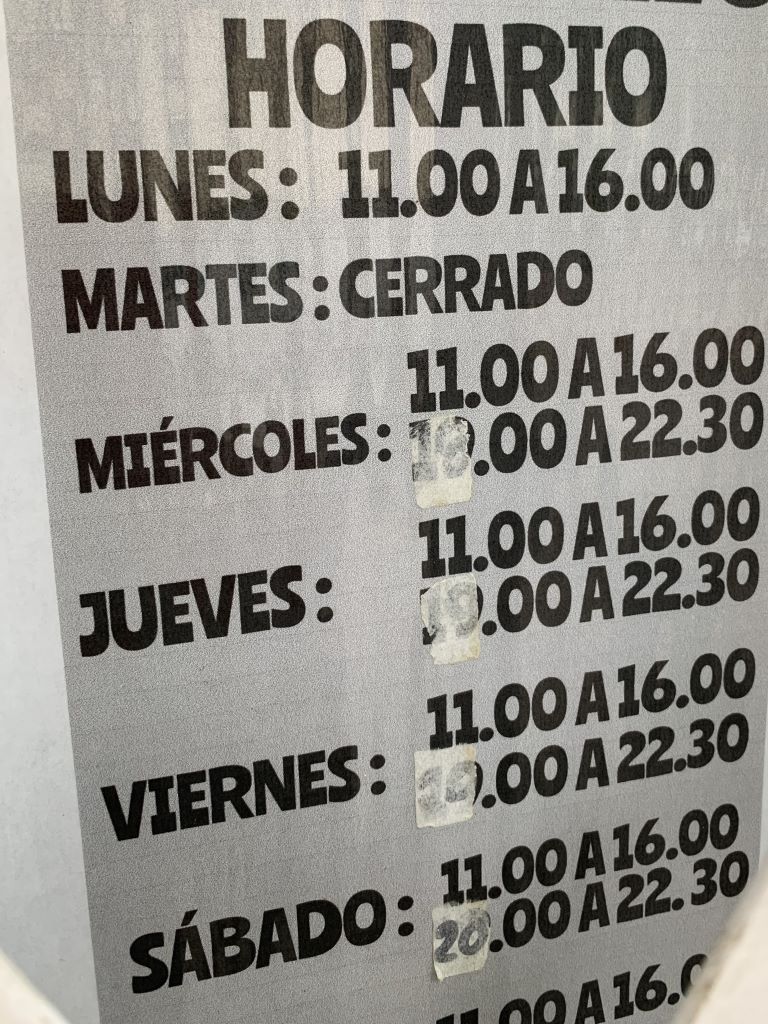
They close in the afternoon all year long, but for longer during summer, due to the very hot weather, I think. I guess the reasoning is that most people would avoid going out under the scorching sun anyway, so there is no point keeping a shop open with air conditioning at max (electricity is expensive in Spain) and / or an employee melting inside without clients.
Take pictures of doors…
Once you have your favorite places around your home, take pictures of their opening times (on their front door) for future reference. Quite a life hack. And keep in mind that if a place states that it opens at 5 pm, it may take some 15 to 30 minutes after 5 for the seller to arrive and open shop de facto, so take your time and don’t make like me in the beginning, that assumed the places were closed for good because they were not open at the time stated on the door. Tsc tsc, such a beginner.
Do restaurants close for siesta?
Funny enough, it applies even to restaurants, that may open “for lunch” at 4 pm or just skip this meal completely – but work until midnight or so. On the other hand, it is amazing the amount of things you can do around 8 pm. Need to take a document copy? Sure, the paper shop is open! Computer part? A last-minute bikini? Groceries? Yes to all.
Banks have their own quite weird opening times, government has a more standardized time – though it doesn’t matter, because you always need an appointment anyway – and shopping centers standardize their times as well – and have websites with this essential information. As a rule of thumb, never try to buy anything before 10 am, and between 1 and 5 pm, to avoid wasting the trip.
Conclusion
Despite the problem of inconsistent opening times, the siesta in Spain has its advantages: because the commerce closes in the afternoon, it stays open well into the night, which allows people that have standard working hours (office employees, for instance) to shop after work. Makes sense, right? Also, Spaniards know better than to leave home at very hot 2 pm in the summer; it is way better to go out and see the vibrant city at 9 pm, with a fresh breeze. Such a great place to be.
Now let us take a moment to close our eyes, breathe deeply, and embrace the time-honored legacy of the siesta, cherishing the life’s journey that brought you to Spain – and practicing for the sighs you’ll take when you meet the doors closed after your walked under the hot, hot sun to buy something at 3 pm. After all, the siesta tradition is a cultural icon of Spain and an inspiration to the world (but it makes a mess in street commerce).
